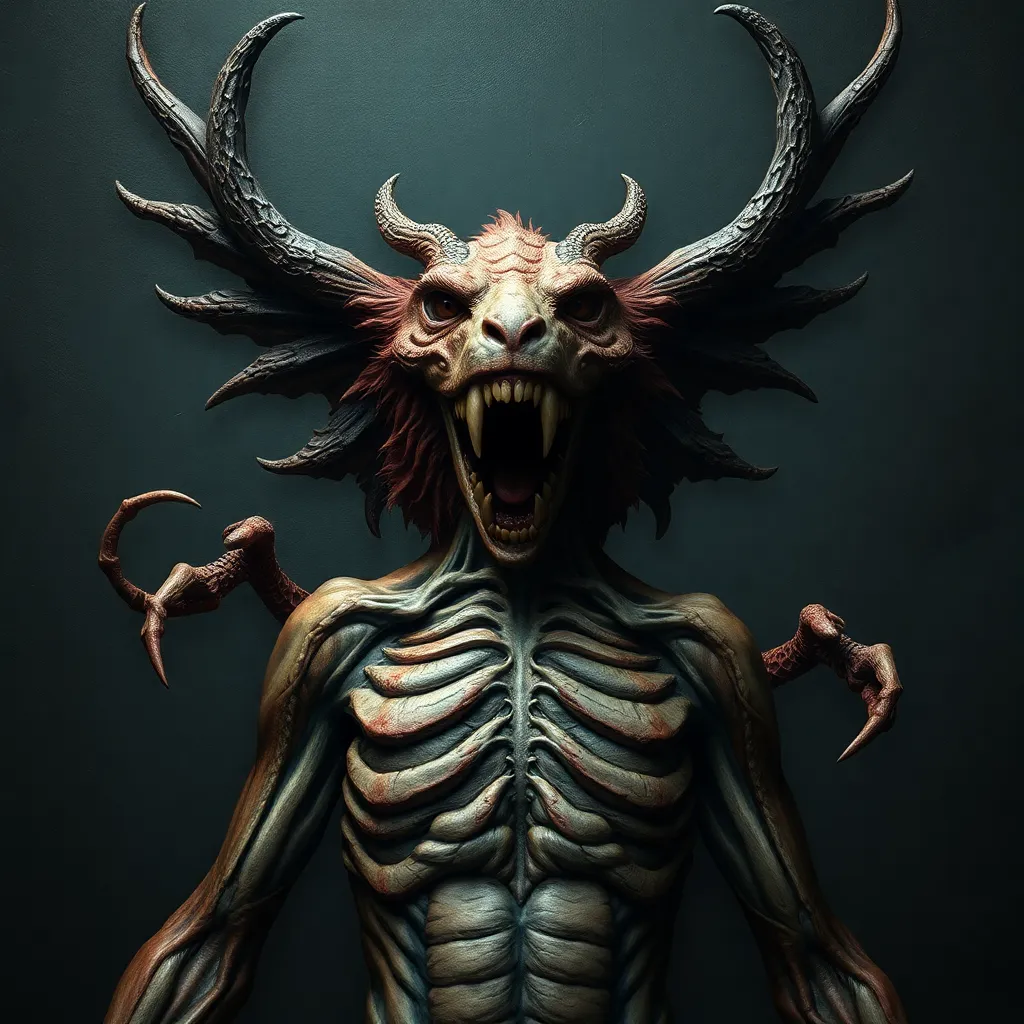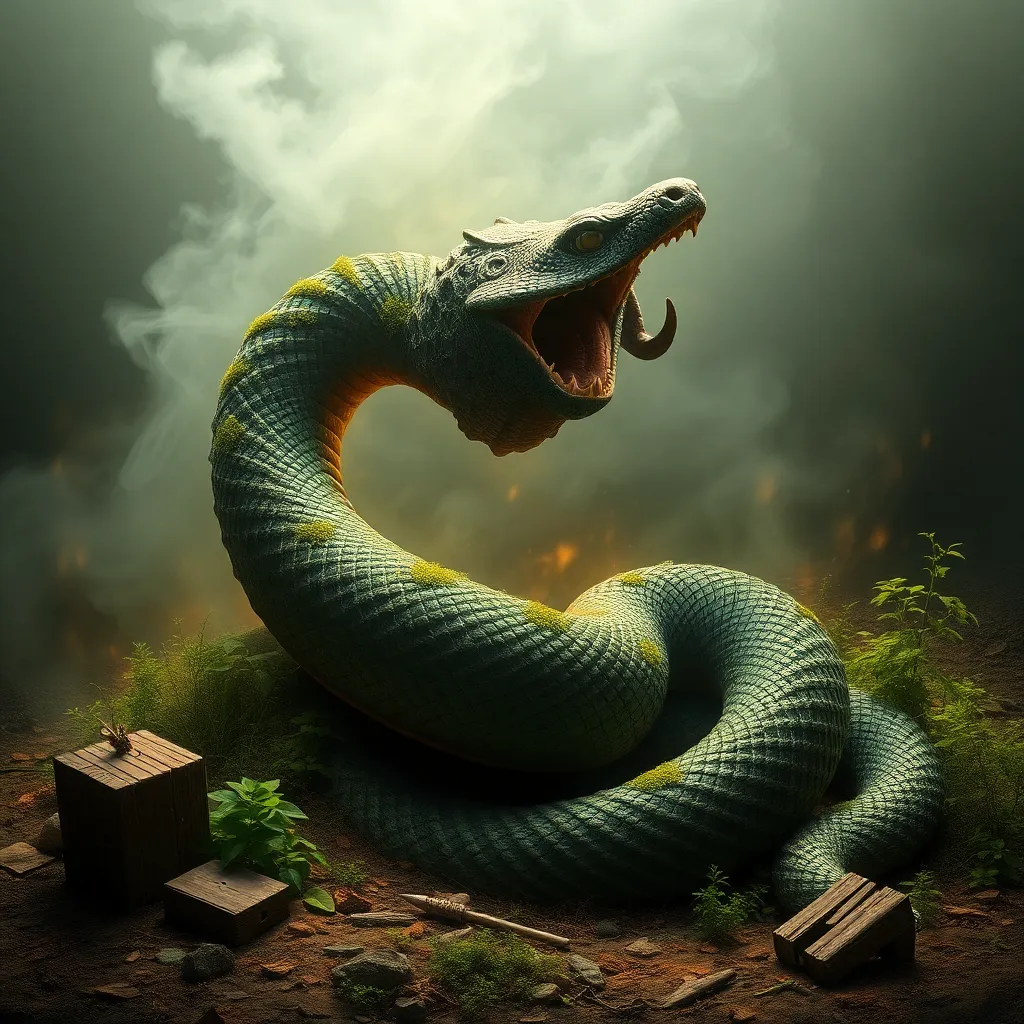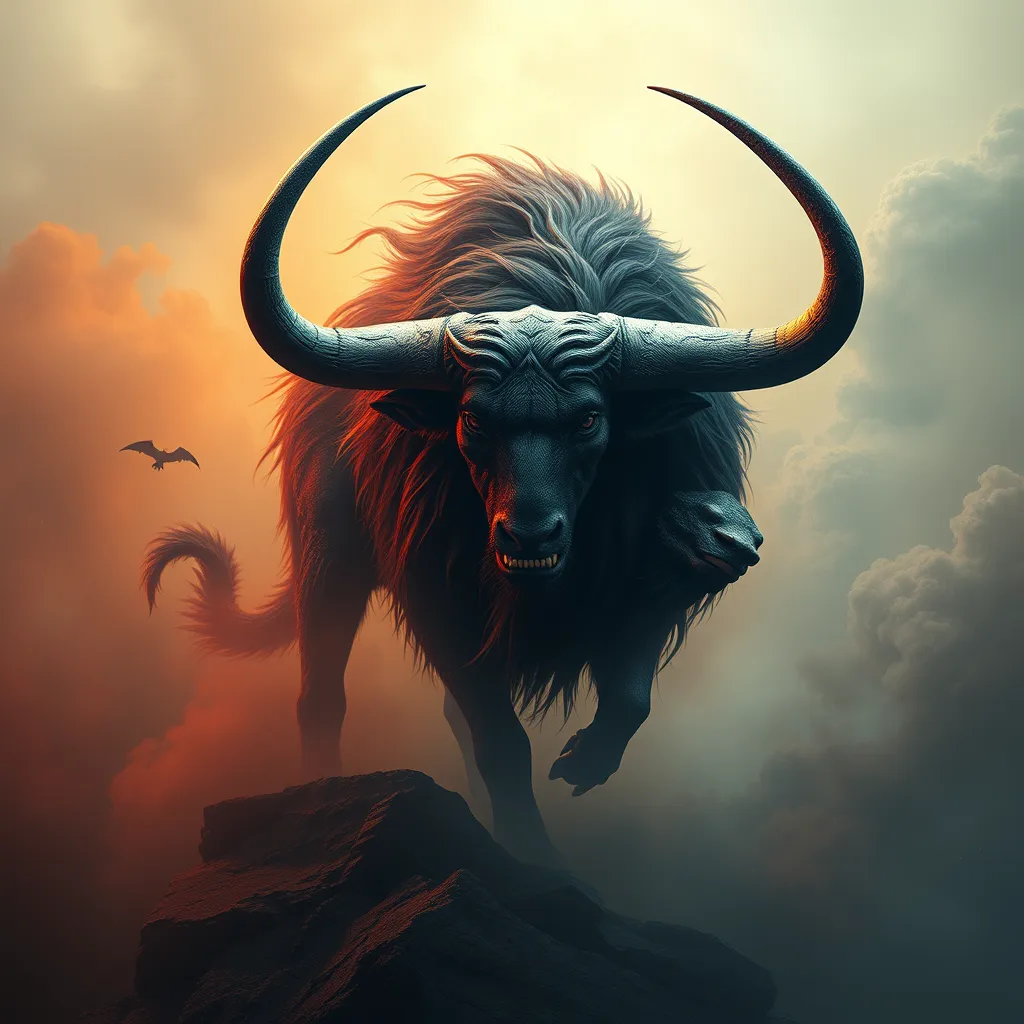The Chupacabra and the Body: Exploring the Myth’s Appearance and Anatomical Features
I. Introduction
The Chupacabra, a creature rooted in urban legend and folklore, has captivated imaginations across the Americas since its emergence in the 1990s. Known primarily for its alleged attacks on livestock, particularly goats, this mysterious being has generated countless stories, sightings, and debates regarding its true nature.
Understanding the appearance and anatomical features of the Chupacabra is crucial not only for unraveling the myth itself but also for examining the cultural and psychological implications it carries. This article aims to explore the historical background of the Chupacabra, common descriptions of its appearance, scientific examinations of reported sightings, and its impact on culture and society.
II. Historical Background of the Chupacabra Myth
The origins of the Chupacabra legend can be traced back to Puerto Rico in the mid-1990s, where a series of livestock killings were attributed to an unknown creature. Eyewitness accounts soon proliferated, leading to the creature being named “Chupacabra,” which translates to “goat-sucker” in Spanish.
Regional variations of the myth have emerged, with different cultures adding their unique interpretations and characteristics to the Chupacabra narrative. For instance, some reports describe it as a small, reptilian creature, while others depict it as a more dog-like figure.
Key sightings and reports, particularly from Puerto Rico, Mexico, and the southwestern United States, have fueled interest in the Chupacabra over the years, establishing it as a prominent figure in urban legend and folklore.
III. Descriptions of the Chupacabra
Common physical characteristics reported in Chupacabra sightings include:
- Size and shape: Witnesses often describe the Chupacabra as being the size of a small dog or a large rodent, with a hunched back and a lean, muscular build.
- Skin texture and coloration: Many accounts detail a scaly or leathery skin, often gray or greenish in color. Some variations also mention fur, typically sparse and patchy.
- Notable features: Distinctive features such as long spines along its back, sharp fangs, and large, glowing red eyes are frequently mentioned in descriptions.
Variations in descriptions across different cultures highlight the creature’s adaptability as a myth. In some cultures, the Chupacabra is depicted more anthropomorphically, while in others, it retains a more reptilian appearance. Over time, the appearance of the Chupacabra has evolved, reflecting the fears and fascinations of the societies that tell its story.
IV. Scientific Examination of Chupacabra Sightings
Scientific analysis of reported sightings reveals a complex web of factors influencing the perception of the Chupacabra. Many sightings have been examined, and in some cases, the creatures reported have been identified as known animals suffering from conditions such as mange, which can cause hair loss and unusual appearances.
When comparing Chupacabra descriptions with known animals, several parallels emerge:
- Coyotes, particularly those with mange, have been mistaken for Chupacabras due to their emaciated appearance and lack of fur.
- Domestic dogs, especially breeds with long snouts and lean bodies, have also been reported in Chupacabra sightings.
The role of environmental factors, such as climate and habitat, plays a significant role in shaping these sightings. In areas where livestock are prevalent, the fear of predation can amplify the Chupacabra legend.
V. Cultural Impact of the Chupacabra
The Chupacabra has permeated folklore and media, becoming a symbol of mystery and fear. It has been featured in various forms of entertainment, including television shows, movies, and literature, cementing its place in popular culture.
Its influence extends beyond entertainment, as the Chupacabra has inspired numerous artistic works, from paintings to sculptures, reflecting society’s fascination with the unknown.
The psychological aspects of the Chupacabra myth reveal deeper fears of the unseen and the unknown, illustrating how folklore can shape societal apprehensions and curiosities.
VI. Anatomical Features: Fact vs. Fiction
Dissecting the myth of the Chupacabra involves examining what anatomical features are plausible based on reported descriptions. While many characteristics sound fantastical, some can be attributed to real animal traits.
The role of folklore in shaping anatomical beliefs is significant, as stories often embellish reality to enhance fear or intrigue. Misinterpretations and hoaxes further complicate the narrative, leading to confusion about what the Chupacabra truly represents.
VII. The Chupacabra in Modern Context
Today, the Chupacabra remains relevant, continuing to intrigue both researchers and the general public. Investigative efforts have been made to gather evidence and document sightings, with scientists and cryptozoologists taking a keen interest in the phenomenon.
Community responses vary, with some individuals embracing the legend as part of local culture, while others approach it with skepticism. Ongoing curiosity about the Chupacabra reflects broader societal interests in myths and urban legends.
VIII. Conclusion
In summary, the Chupacabra legend encompasses a rich tapestry of historical, cultural, and scientific narratives. Through examining its appearance and anatomical features, we gain insight into the fears and fascinations that drive the legend’s persistence.
The Chupacabra serves as a symbol of mystery in our collective imagination, representing humanity’s quest to understand the unknown. Future directions for research may include deeper investigations into cryptozoology, folklore studies, and the psychological underpinnings of urban legends, ensuring that the Chupacabra remains a topic of exploration for years to come.



